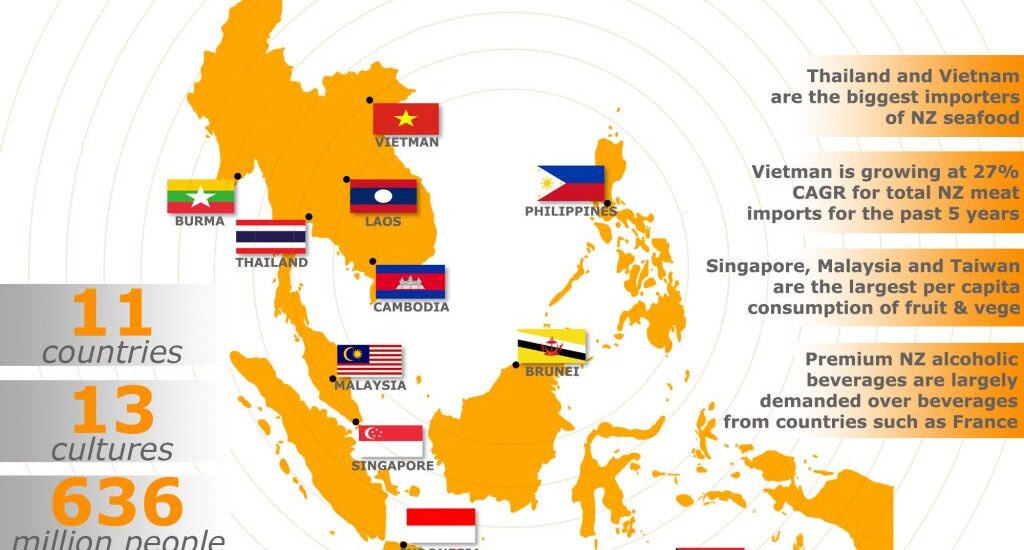As the biggest e-commerce geography in the world, Asia has even set the tone for the online commerce industry globally to a large extent.
Giants like Alibaba and JD.com have led the way in re-defining the consumer and wholesale retail channels. We have to admit that Asia has raised up the most innovation in e-commerce and logistics.
According to a study by the McKinsey Global Institute,Asia alone is expected to drive 40 per cent of the world’s consumption by 2040, and lead the rest of the world in global flows of trade, capital, talent, and innovation.
Here are 5 key trends that will shape Asia in 2020 and beyond.
Customer Experience and Product are indivisible
According to a recent report by the US Bureau of Labor Statistics, the global market for consumer goods and services reached $508 billion last year, an increase of 7.9% over 2018. This means that both traditional and digital – future-oriented – companies are investing more and more in the customer experience. As our customers are no longer just buying for the product quality alone, but they want the best customer experiences as they interact with brands in more complex ways. It is expected to see intensified competition in experience offerings by brands across Asia.

Social commerce will continue to be the next growth frontier for online retail
Eastern and South-eastern Asia account for roughly one-third of the world’s total internet user population at the start of 2020. Asia being a mobile-first nation, combined with high mobile penetration rate and social media usage, it sets the perfect stage for a booming social commerce market – to buy goods via social platforms.
A recent survey by Econsultancy for Hootsuite and Magento found that some 84% of respondents to the Southeast Asia report, said they intend to make more social commerce purchases in the coming years. And they don’t end at purchase, 82% of respondents said they will share details of what they have bought on social media.
Data and technology are demanded by Asian consumers
The privacy paradox will remain a key battleground in 2020. People across Asia will have if not a love-hate then a tolerant-anxious relationship with data sharing. Scandals will blow up, but most people will look at the problems they face – both individually and as societies – and accept data sharing initiatives that bring tangible social benefits.Asian consumers are used to enjoying the benefits that come from giving up some forms of privacy, and will continue to demand those benefits. 70% of Thais and Indians are willing to share their data for personalised offers (Accenture, 2019).

Traction will be see in Boutique E-shopping Website
Thanks to the behemothic logistics industry, which was a direct result of the e-commerce boom, anyone can go online and sell whatever they want to. The penetration and level of access Asians have to the internet has given rise to boutique online shops that sell across channels, but specialise in one type of product, such as organic cosmetics, sustainable or recycled footwear, organic clothing, etc.
While e-commerce websites attract customers by offering deep discounts on everyday items, the rise in median household income and disposable income in Asia has allowed these boutique online stores to capture buyers who don’t mind paying a little more for high quality products.
Cross-border online shopper penetration rises
Over the past two years, the share of digital buyers making purchases from sellers in other countries increased from above 50% to three-quarters. The top drivers of international online purchases include better prices and product quality, as well as access to exclusive products and brands not available domestically. As Cross-Border Ecommerce is gaining popularity in Asia-Pacific, problems are cited among. Long delivery times, high shipping costs and lack of payment options have been the main barriers to cross-border E-Commerce trade. Opportunities are ready for those who can deal with the pain points to win the consumers. Plus, a great market could be imagine for all kind of brands from all over the world.



